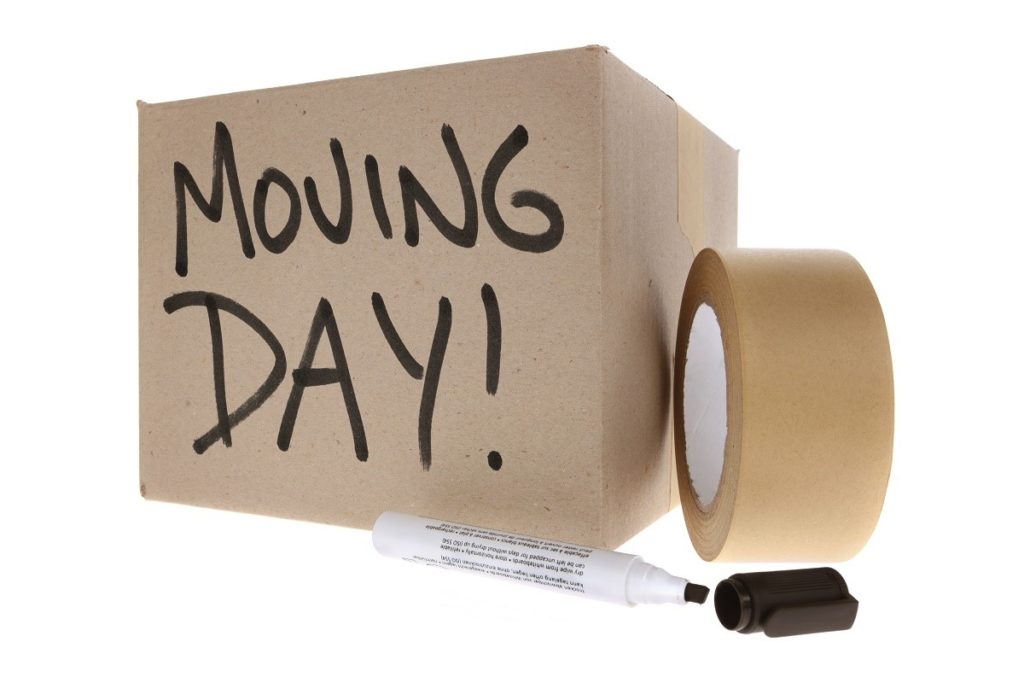Ah, the rollercoaster of moving – a blend of stress and excitement that can rival some of life's major dramas! Some sources even dare to place it at number three in the lifetime stress Olympics, trailing behind the heavyweights of losing a loved one and facing the dragon of divorce.
Yet, amidst the chaos, there's a silver lining of excitement! Moving is more than just a logistical challenge; it's an open door to a fresh start, whether you're venturing to a new country, a different town, or just around the corner.
Now, to turn down the stress dial, let's talk preparation – the unsung hero of a smooth move. Packing? Oh, it always takes longer than you think, so don your superhero cape and start early!
Fear not, intrepid mover, for we've got a stash of tips up our sleeves to help you brace for the big day. Are you ready to transform your moving adventure from a stress-fuelled saga to a well-prepared spectacle? Here's your ticket to a smoother, more organized journey into your new abode.
1. START EARLY
Packing always takes longer than you think so start early. A large house with a family will obviously take longer than a smaller property with a single person or couple.
Allowing two months for the former, and one month for the latter, should be about right.
2. MAKE LISTS
There are a hundred and one things to remember when moving home.
Making lists will help alleviate some of the stress and free up some important brain space.
You can add things to the lists as you think of them, and cross each one through when it’s done!
3. DECLUTTER
Moving home is a great opportunity to declutter and sort things out. Ideally, you should start on the garage, loft and garden shed not long after you decide to move. These are so often big jobs. Declutter as you go, there is no point in moving objects you no longer want or need. Divide your unwanted items into three types: Bin it, Sell it, and Charity Shop.
4. PACKING SUPPLIES
You will need:
- Medium boxes
- Large boxes.
- Heavy duty boxes
- Wardrobe boxes
- Black bin bags ( ideal for bedding, towels, children's soft toys etc )
- Packing tape
- Bubble wrap
- Old newspapers
- Stretch wrap for furniture
- Markers ( different colours would be helpful )
- Large labels
You can find all these items online, individually, or as whole home moving kits, for properties of different sizes. Alternatively you can have everything packed professionally by a Moving Company.
5. PACK ONE ROOM AT A TIME
This will help you stay organised.
Start with the rooms you least need.
It makes sense to pack items you don’t use on a daily basis first, Christmas decorations, garden cushions and tools etc
6. PACK RIGHT
This is common sense really.
Do not overload boxes.
The current limit is 30lbs per box.
The last thing you want, is your carefully packed box to be too heavy to lift, or the bottom falling out when it is.
Pack light items in large boxes and heavy items in small boxes.
Suitcases with wheels are ideal for moving heavy items such as books.
Put heavier things at the bottom of boxes with lighter items on top.
Pack tightly to avoid things moving about, stuff all the gaps with scrunched up sheets of old newspapers or bubble wrap.
Wrap breakable or delicate items individually in bubble wrap or newspapers.
7. LABEL EVERYTHING
Label all your boxes, bags etc as you fill each one.
Write in large letters , on the top and each side of the box, kitchen, bedroom 1 etc, which room the box should be taken to.
Use a different colour for each room if possible, as this will make identification quicker and easier.
It is also a good idea to number the boxes and keep a list on you. That way you will know where
things go, if something goes missing and what is is.
Also make a brief list on a large label of what’s in each box, this will make unpacking a lot easier.
Mark boxes that are fragile.

8. MOVING DAY ESSENTIALS
Moving home is hard work so you need to make things easier for yourself when you are finally installed in your new home.
Pack a bag as if you are going away overnight:
- Toiletries
- Medication
- Clean clothes for the next day
- Baby supplies
- Also pack a box with other essentials
- Kettle
- Tea/coffee supplies
- Food for the next morning
- Snacks
- Some crockery and cutlery
- Toilet paper
- Washing up liquid
- Pet food and bowls
- First aid kit
- Remote controls
- Toolbox

Pack the bed linen and towels you need for the first night in big black bin bags, moving is hard work, you will want a bed made up.
It is a good idea to load the above onto the van last, or take them with you in the car, then you will know where they are.
9. VALUABLES
Pack all valuables, jewellery, passports, birth certificates etc, in a separate bag or box and keep them with you for safekeeping
10. OTHER BITS
Always allow enough time to defrost and drain your fridge and freezer. Likewise, a gas oven will require a Gas Safe registered engineer to disconnect it, so don’t leave it until the last minute.
Put two fitted sheets on either side of all mattresses, this will keep them clean when moving them, and the sheets are easily washed.
Wrap an entire chest of drawers or similar in plastic wrap secured with tape. You can then keep all contents inside.
Unscrew prominent handles from items of furniture and screw them on the insides of the drawers or cupboards, this will help prevent damage.
If you have to dismantle furniture for moving, pack all screws etc in a bag or container, label it and tape it to the furniture
Keep all your cutlery in the cutlery tray and wrap the entire thing in plastic wrap, secure with tape.
Wrap all sharp knives in paper, tape then wrap in a towel or oven glove for safety.
Mugs, cups and glasses can be placed either sectioned boxes or in socks, for speed and safe keeping.
Use paper or polystyrene plates between every two china plates and stack vertically. Much quicker than wrapping them all individually and safer.
Cover the openings of any open toiletries or other liquids with cling film, replace tops. This will prevent any leakages.
Pack up cables, wires etc separately. Coil the cable or wire, wrap in masking tape or used toilet roll tubes and label it with what it belongs to.
Added: July 4, 2019 13:19:37





